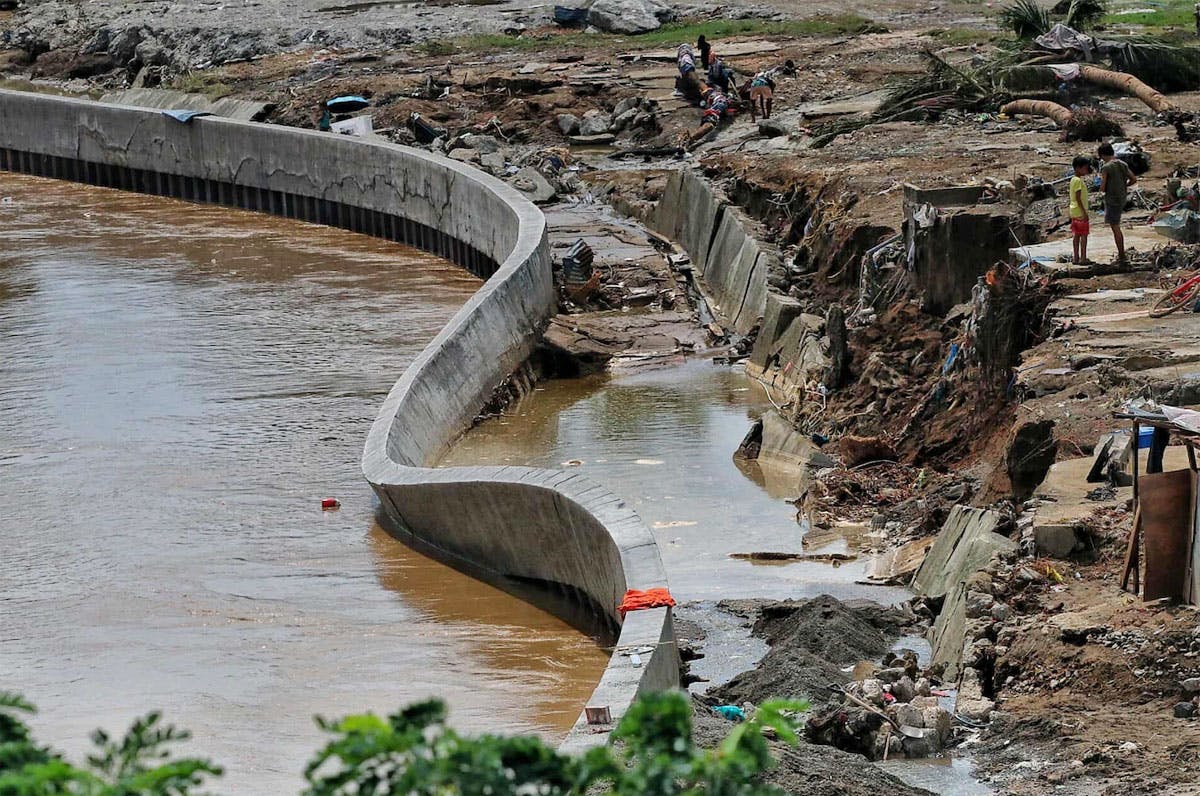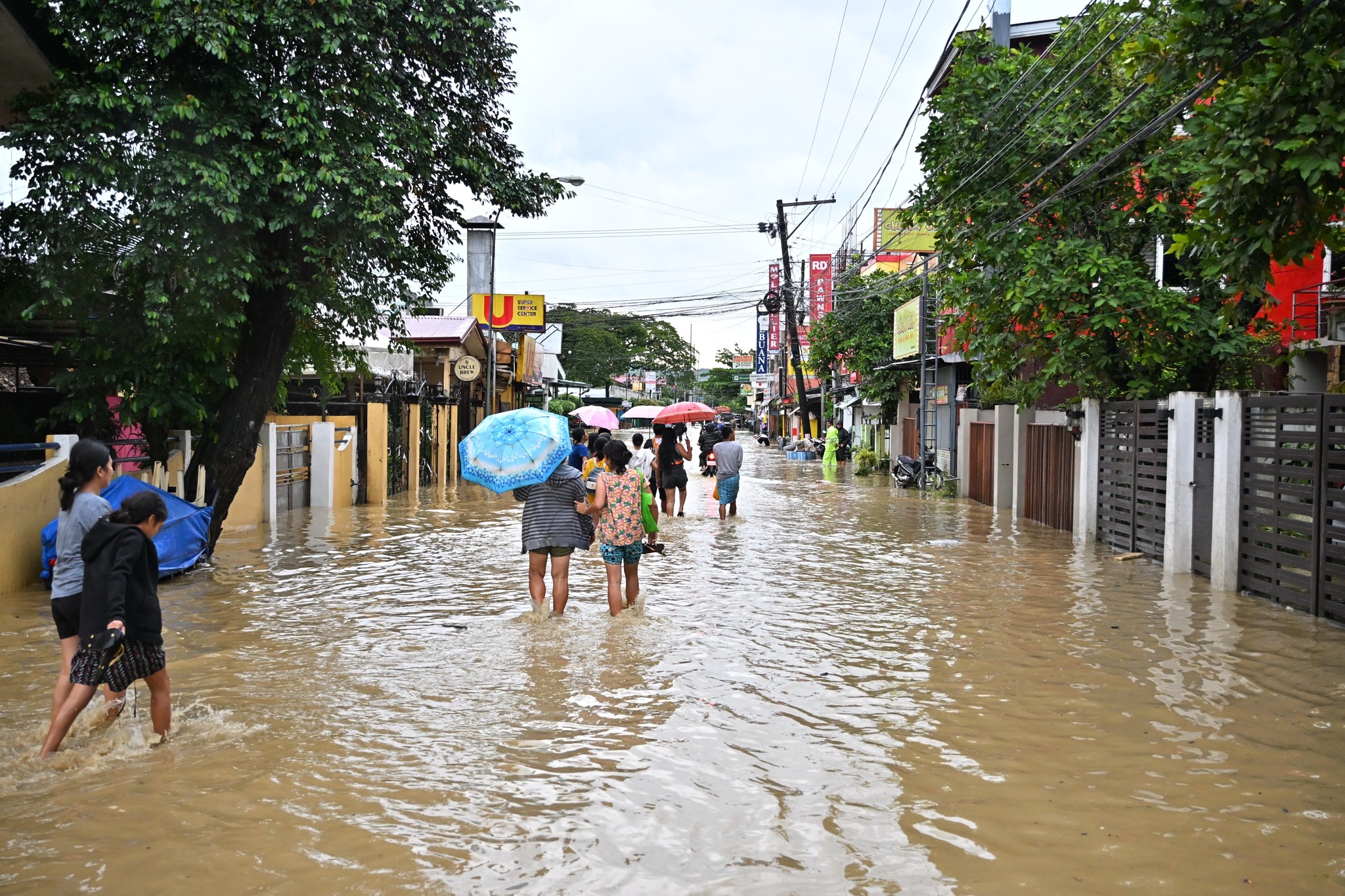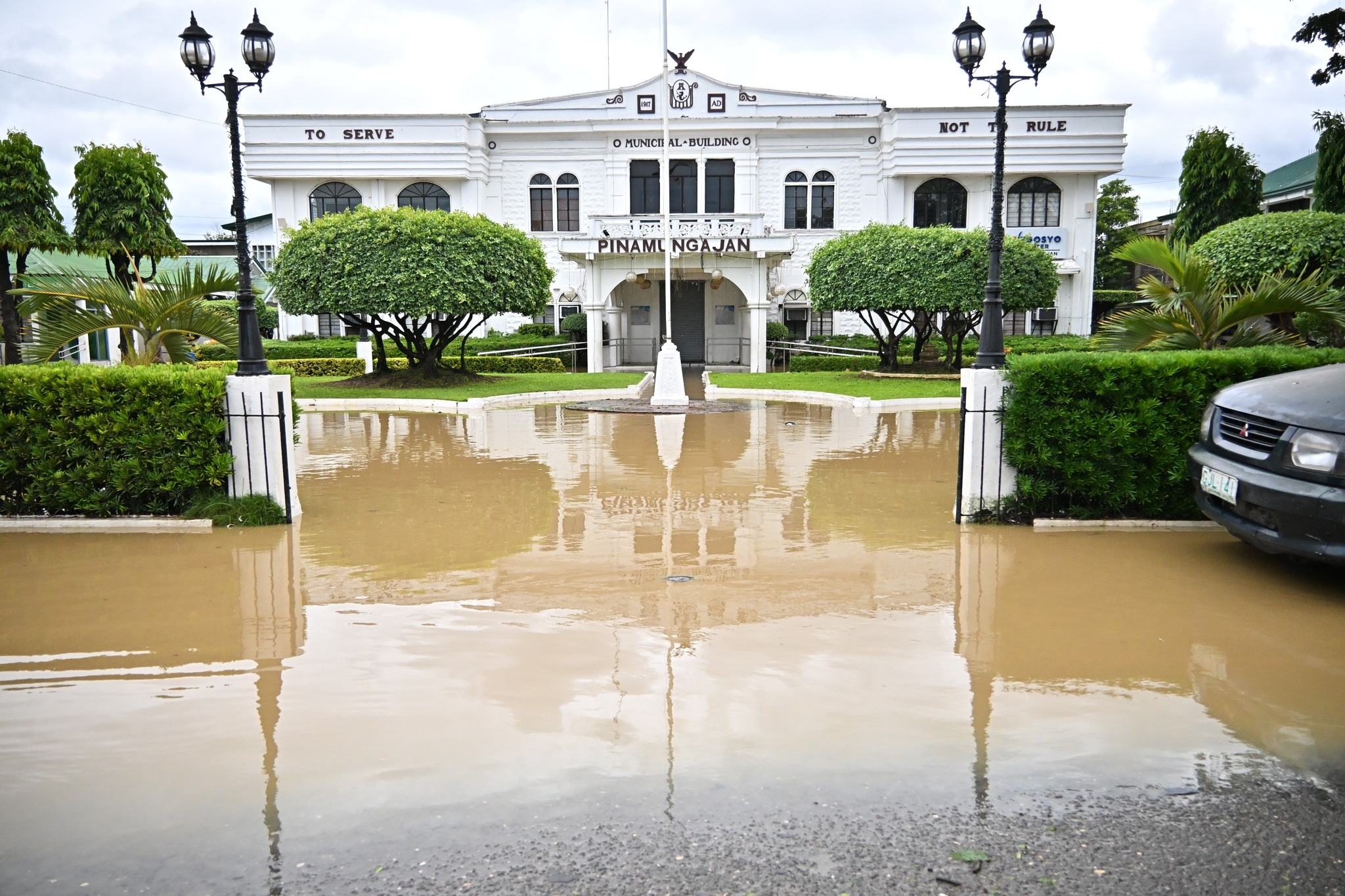CEBU CITY – The province of Cebu, now under a state of calamity after days of torrential rain and massive flooding brought by Typhoon Tino, is facing growing public anger and scrutiny after it was revealed that more than ₱26 billion had been spent on flood control projects in recent years.
According to a report from ABS-CBN, Cebu received ₱26.7 billion in flood control funds over the last three years. Records show that between 2016 and 2022, there were 343 flood control projects implemented across the province, with another 168 projects carried out from 2022 to 2025. Despite this, large parts of the province remain submerged, with infrastructure and homes heavily damaged by the floods.

Governor Pamela Baricuatro expressed frustration and disbelief over the devastation, posting on social media that Cebu was “flooded to the max” despite the billions spent on flood control. She has since called for an investigation into the projects, citing concerns over possible irregularities and demanding accountability from agencies and contractors involved.
“₱26 billion of flood control funds for Cebu, yet we are flooded to the max,” Baricuatro lamented. “Where did the money go?”
The Office of the President has since acknowledged the issue and confirmed that an investigation has been ordered into the flood control projects in Cebu. Presidential Communications Secretary Cheloy Garafil said the President wanted to determine whether the funds were properly used and why the projects failed to prevent the disaster.

The recent floods, triggered by Typhoon Tino’s torrential rains, left more than a hundred people dead and displaced thousands across the province. PAGASA explained that the heavy rainfall experienced in Cebu was extreme and exceeded normal levels, overwhelming existing flood-control systems.
However, experts said that while intense rainfall was a factor, the province’s vulnerability also points to long-standing weaknesses in planning and infrastructure management. Urban planners and disaster risk reduction specialists warned that the government’s reliance on dikes and drainage structures may no longer be enough to handle Cebu’s growing flood risks.
“What happens is that we automatically think of dikes when we say flood control. It shouldn’t be that way,” one expert explained, stressing the need for nature-based solutions such as reforestation, watershed protection, and proper land-use planning.
Cebu’s rapid urbanization, loss of forest cover, and unregulated development have also been cited as aggravating factors that worsen flooding even with existing infrastructure. Many communities, especially in low-lying and coastal areas, continue to suffer from poor drainage and silted waterways.

As recovery operations continue, the provincial government is calling for a comprehensive audit of all flood control projects in Cebu—checking whether they were completed, functional, and compliant with specifications. Civil society groups are likewise urging for transparency, demanding a public list of projects, contractors, and expenditures.
Moving forward, experts say Cebu must rethink its approach to disaster mitigation. Instead of focusing solely on concrete structures, the province must strengthen integrated flood management, including early warning systems, sustainable drainage planning, and stronger environmental protection.
For now, Cebu’s flooding has become a painful reminder that billions in public spending mean little without accountability, transparency, and long-term planning. And as the province begins rebuilding, many residents are left asking the same question as their governor: “How can we be flooded like this after ₱26 billion was spent to keep us safe?”







